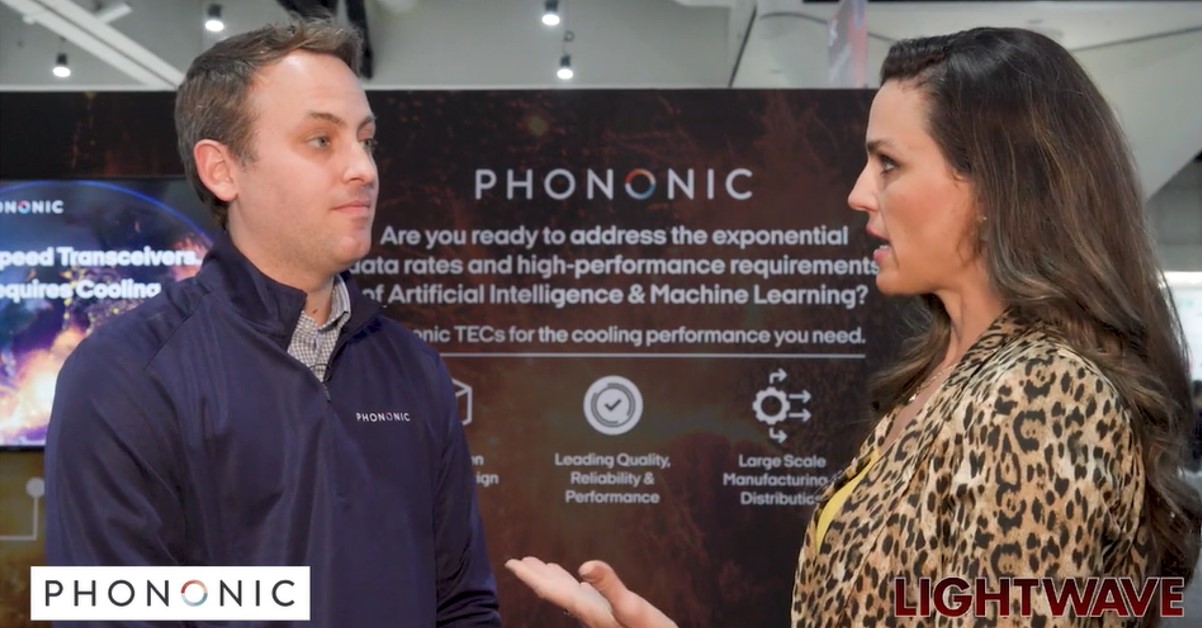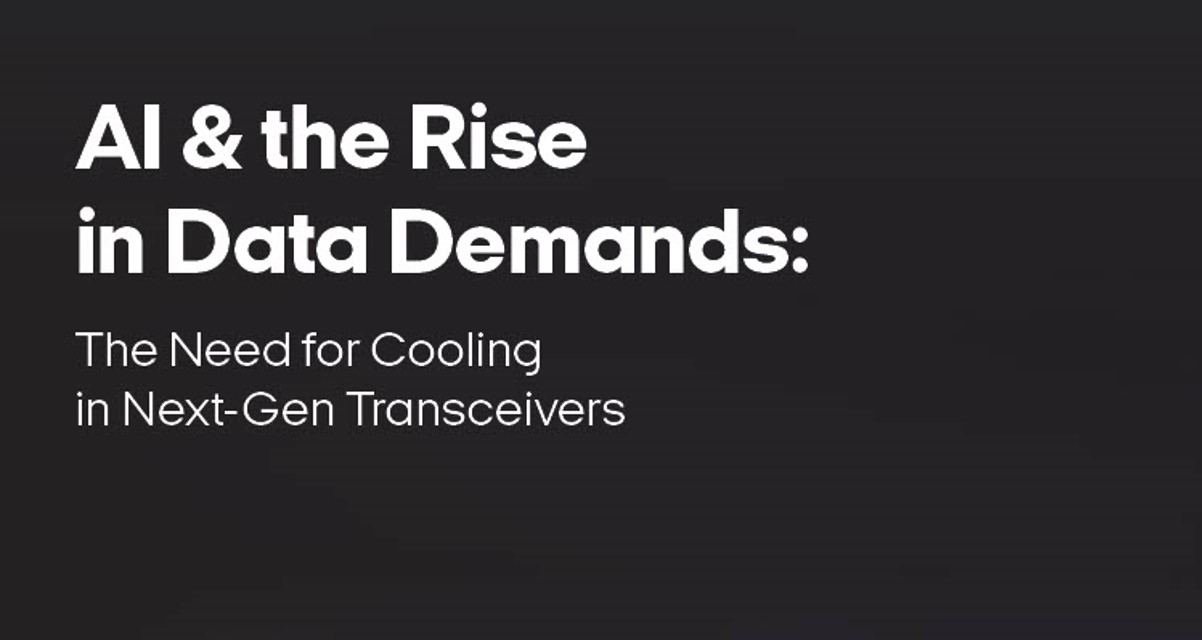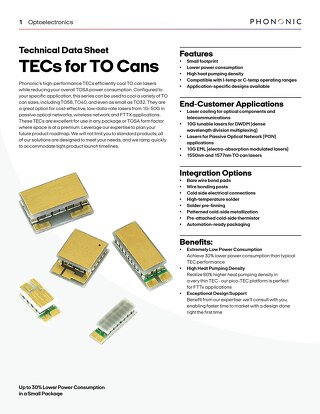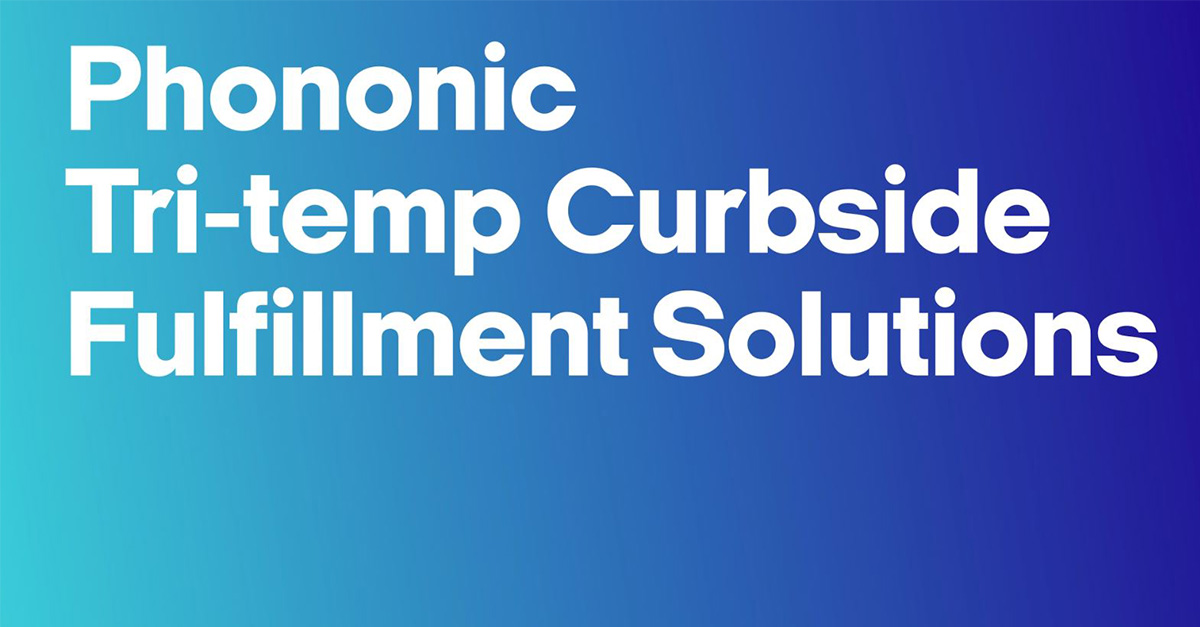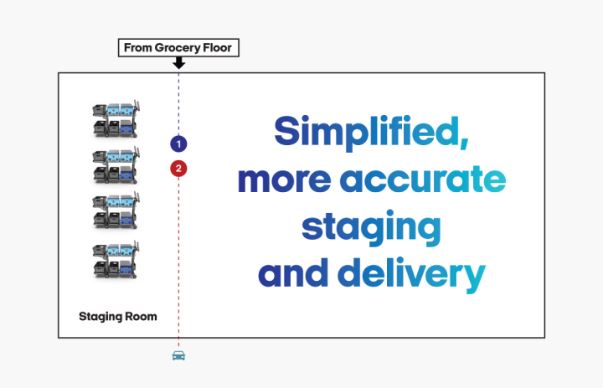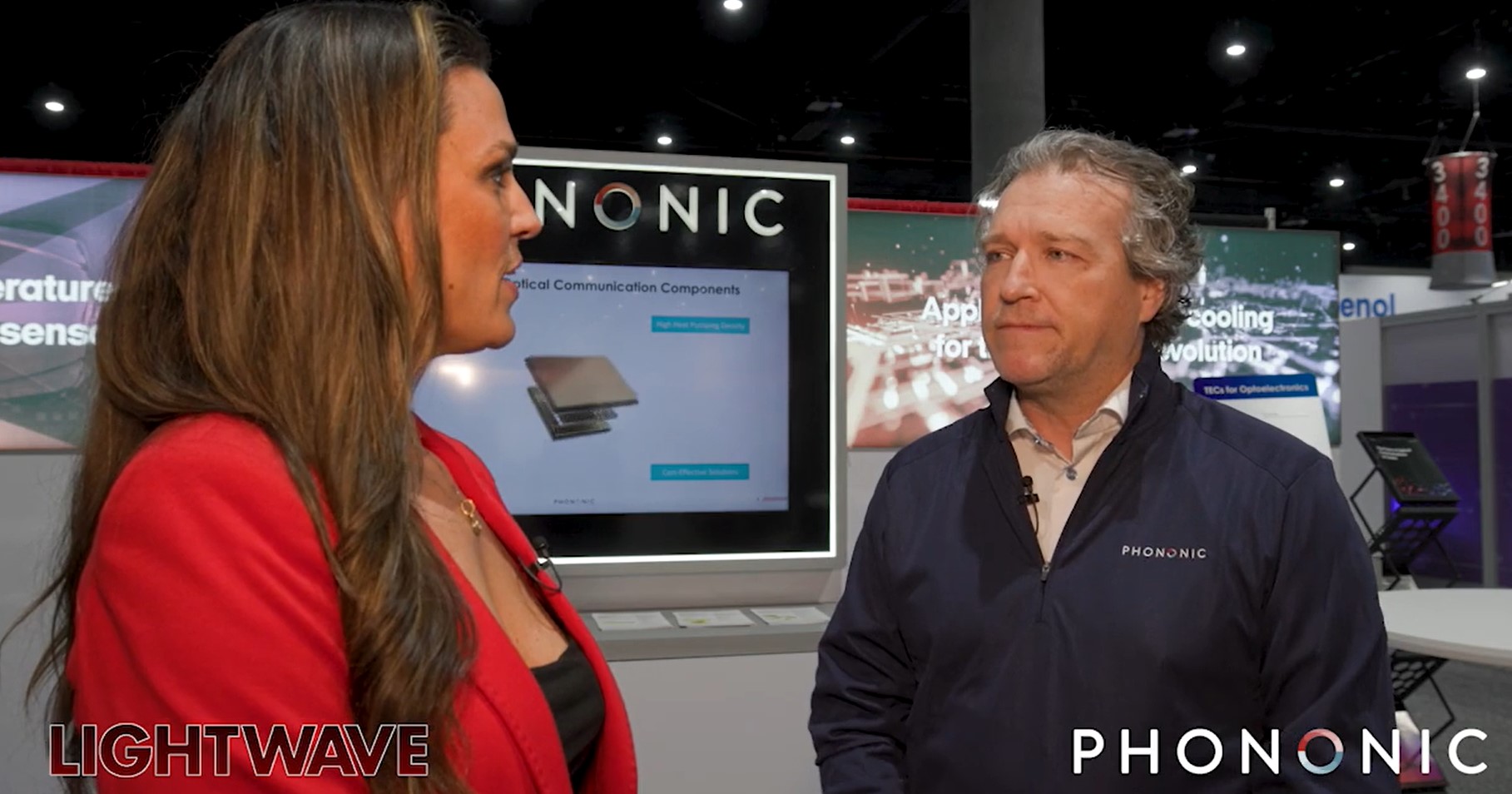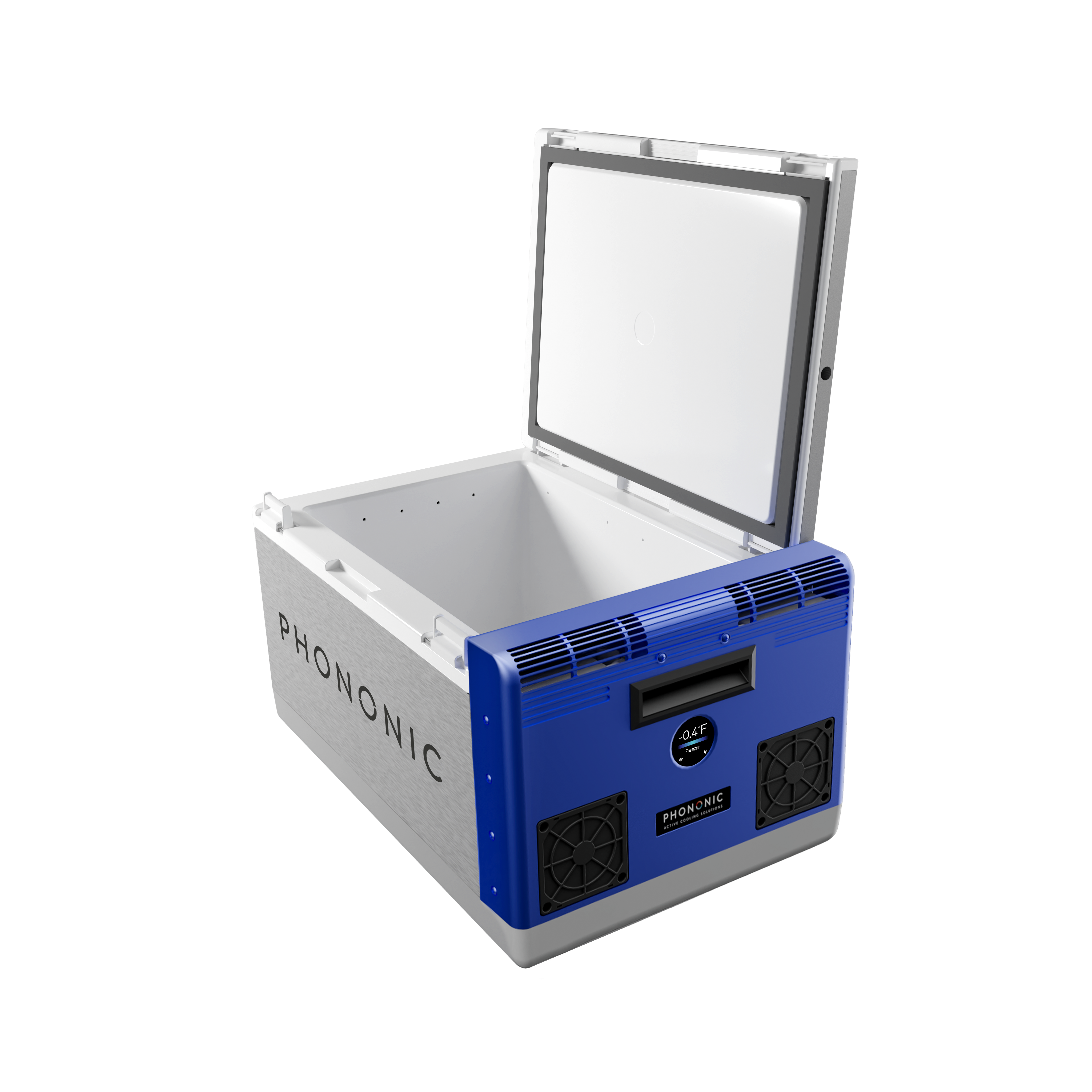Datacom
June 14, 2019
Datacom is a common term to describe data communication, also called data transmission or digital communications. It refers to the transfer of data using point-to-point or point-to-multipoint channels such as optical fibers (the base of fiber optic networks), copper wires, computer buses or wireless communications. To use these channels, data is converted and sent as some type of electrical or optical signal, such as IR (infrared), radiowave, microwave or electrical voltage.
Modern datacom has a long history, beginning in the early 1800s with the advent of telegraphy. Major turning points in datacom since its inception include:
- Telegraphy – 1809
- Teletypewriter – 1906
- Modems – 1940
- LAN (local area networks) – 1964
- ISDN (Integrated Services Digital Network) – late 1980s
- Wireless network access points – 1997
- Broadband, cable modems, ASDL, FTTH (fiber-to-the-home) – late 1990s
Datacom is at the core of today's global telecommunications networks.
Datacom Cooling
Heat management is critical to data communications, and it becomes even more critical as the length of the cable increases. Thermoelectric Coolers (TECs) use the Peltier effect to transfer heat as a way to cool telecom lasers. In fiber optic networks, laser wavelength is very dependant on temperature, and the TECs are used to maintain stable wavelengths across the length of the cable.
Data Centers
Datacom equipment is typically housed in a data center (also spelled datacenter) which requires special environmental controls such as air conditioning, security, and fire suppression. Data centers can range in size from one room to a floor to a whole building and are typically filled with servers mounted on 19-inch rack cabinets, arranged in aisles. Large data centers can use a similar amount of electricity as a small town.
The growth of big data and the need for storage by datacom leaders like Google, Amazon, and Facebook is leading to an increase in colocation (also called colo) or in regional data centers (RDCs) that require longer-reach cables.
Phononic TECs for Datacom Cooling
Phononic is dedicated to supporting the datacom industry by developing high-quality TECs that deliver better performance than industry averages, with up to 30% lower power consumption and 60% higher heat pumping density. TEC solutions are available for common laser package sizes, including box TOSA, TO can and pump laser.
